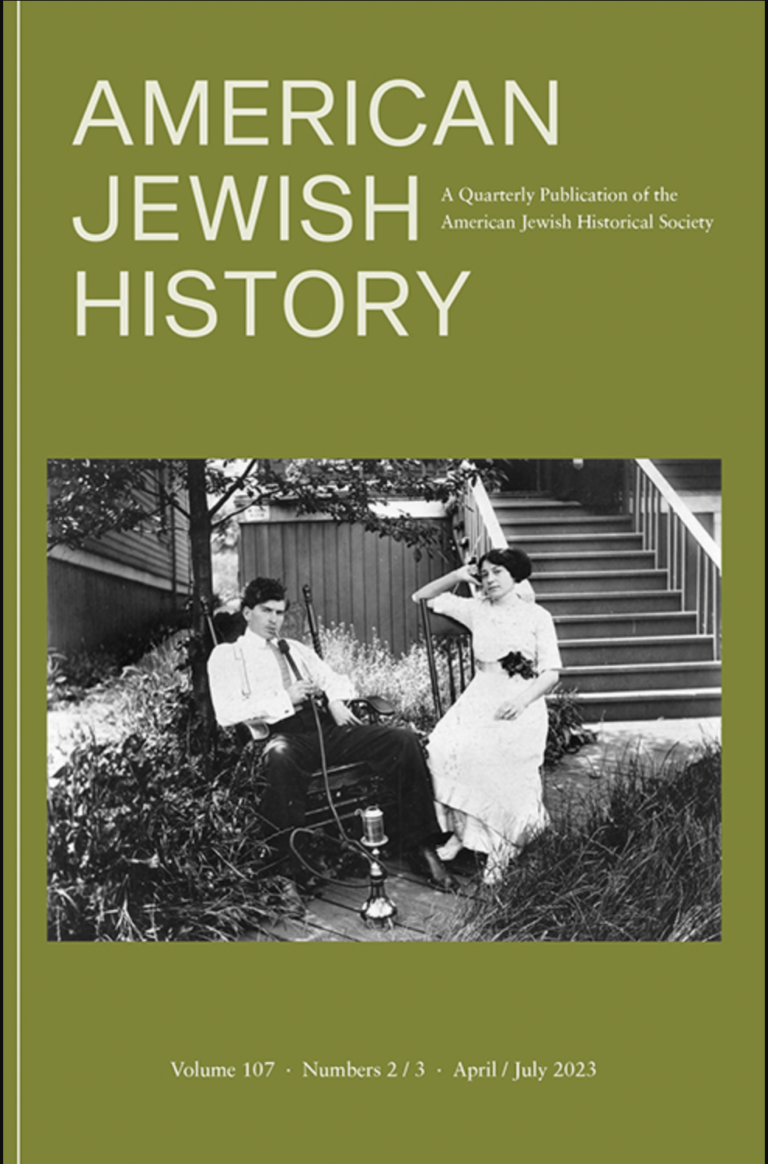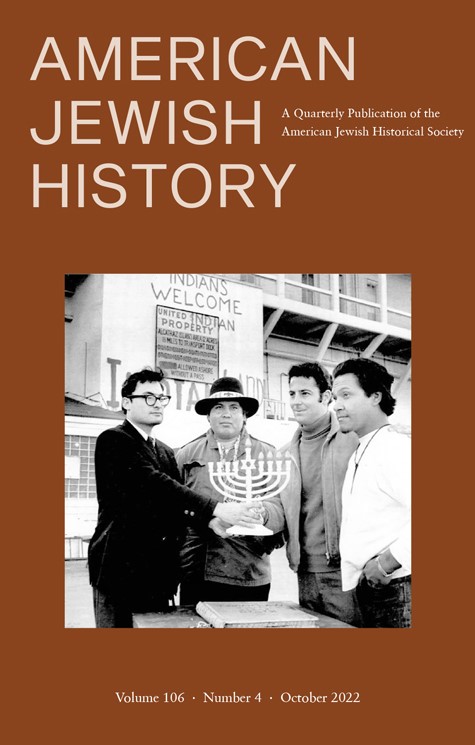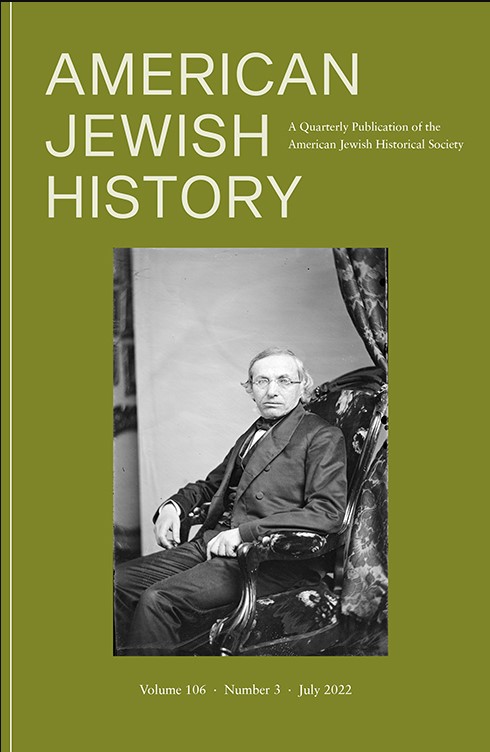Dear American Jewish History Friends,
Volume 108 #1 is out: and for those of you who find comfort in the past, we’re pleased to warp you to January 2024 for three new essays and a spate of new reviews. Will we ever catch up? Who knows: but at this rate it appears our journal provides an alternate uncertain future that foreshadows AND backshadows, rendering time a mere construct. Think about that a moment.
Then look at our cover image: a stereoscope of a women’s medical exam at Ellis Island. Those of you with a paper copy may see history in three dimensions if you gaze at it in just the right way; for those (like us) who struggled to knit the images together, we can see at least how the practice became a commodity for others to gaze upon.
The image speaks to our first essay, by Hannah Zaves-Greene, on the precarity immigrant women faced as they were evaluated for mental and physical deficiencies, and the efforts American Jews made to help them avoid “Public Charge” laws that affected their ability to enter the United States.
Next, Chad Allen Goldberg contributes to the lively literature around 20th century philosopher Horace Kallen, exploring how Jews factored into the Kallen’s more general views of cultural pluralism.
Finally, we travel back to the late 18th century, where Carla Vieira adds new complexity to prominent merchant Aaron Lopez’s business dealings, especially in his connections beyond the Sephardic diaspora at a time of significant mercantile change.
Our reviews, meanwhile, bring you through the new Small Capital Jewish Museum in Washington, DC, weigh in on three recent books from New York University Press, explore the life of artist Belle (Baranceanu) Baroney, and address an important Hebrew-language book on American responsa literature between 1850 and 1924. As Melissa Klapper’s time as reviews editor winds down, we continue to be impressed with her efforts to bring the latest in our field to your notice.
Finally, we continue our tradition of remembering those who we’ve lost—here through Marjorie Feld’s moving tribute to Michael Staub.
We hope that these pages will continue to reinforce the importance of recounting and interpreting history, even as we wonder about the future of our field in these rapidly transforming times.
With many thanks while racing both ways along time’s arrow,
Jessica Cooperman, Marni Davis, and Judah Cohen, co-editors






